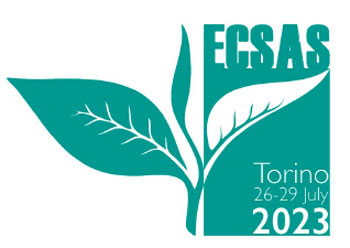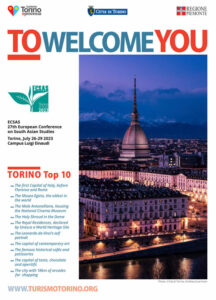Presenter
Bilal Maaz BinPanel
08 – Imagining the city: Literary and religious practices of urbanity in early modern and modern South AsiaAbstract
Banaras is often recognized today through popular media and even scholarly discourse as a metonym for Hindu India, ignoring its substantial Muslim presence and socio-cultural contributions to the city. My translation of Mirza Ghalib’s (1797–1869) Persian long poem in praise of the city, Chiragh-e-Dair (1826), as Temple Lamp (Penguin, 2022) has been a humble attempt to showcase a nineteenth-century Turkic-Indian Muslim’s representation of the Hindu holy city. In my paper, I will elucidate how Ghalib presents an outward looking view of the city, linking it to the Persian cosmopolis stretching from the Balkans to Bengal, or the Silk route–drawing connections to China—and connecting Hinduism to Islam and the Hebraic, seeing the city of Kashi/Banaras as comparable to the Kaaba and Paradise. Ghalib also uses vocabulary that emphasizes the nature of the city as one’s country or locus of belonging and as the place for civilization, society and friendship. The city’s close connections to river/water, spirituality, and the vivacity of its people’s bodies and lives are all highlighted. Ghalib thus provides us with a unique Indo-Persian, composite view of this unique city and even as his view is largely uppercaste, the cross-religion translation of concepts, almost works like conversion giving this unique Hindostani cosmopolitanism as most interesting gloss. I would close read the poem Temple Lamp in my paper along with historical context to present the above-mentioned ideas about Ghalib


